There is no doubt all kinds of bird species are composite. they, for very different reasons, must be alluring, when we find out how to communicate and should learn how to clarify body language is a key factor to close contact with your parrot. If you pay more attention to your parrot, you will observe some behaviours like humans they have. So many things such as different moods and emotions go with varieties of movements bringing pleasurable awareness into the world of your parrot. At least 5 important areas must be attended to contain:
Tail
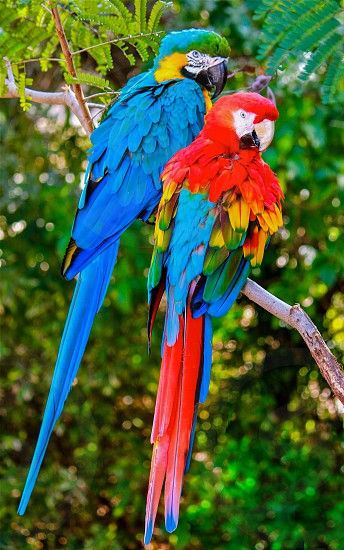
One of the most important tool for communication is the parrot’s tail. It shows satisfaction, depression, hostility, or something else like these. Be careful your parrot’s tail when he move it. While your parrot begin wagging its tail, it’s a sign of satisfied and when he keep bobbing, specially after activity is an indicator of recovery for your parrot.
Wings
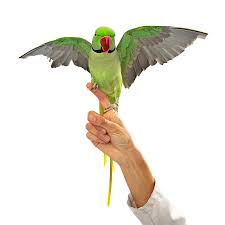
When your parrot flips and flaps its wings expressing the way that wants to communicate with you or the other birds. This is quite unique to bird, specially parrot. Of course, It takes time to understand the distinctive and individual parrot’s movements. So you will gradually find out wing flapping is indicator of pain, anger, happy or trying to get your attention.
Feet
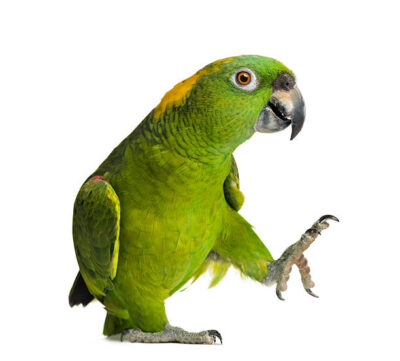
Yellow-naped parrot (6 years old), isolated on white
If you play after a strongly interactive period, your parrot may pretend a weakness in his feet or legs area. In this situation he uses feet tapping to aware you a problem. This action can be seen at the end of a play section. Of course some other species, like cockatoos are also known to use tapping their feet as a way to show dominance.
Beak
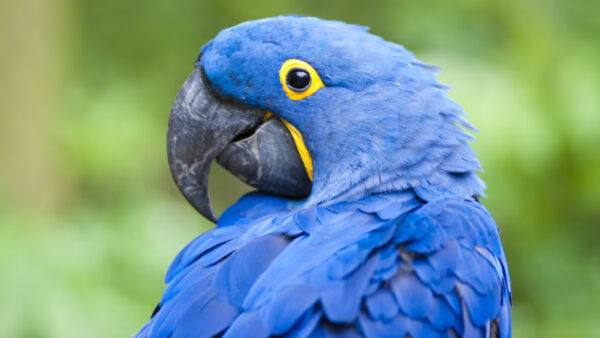
Your parrot’s beak is a component to continue to live, so as a tool, it can be used for preening and eating. In addition to foraging and grooming and play, this part of your parrot is also a way for him to communicate. It’s necessary to know that when your parrot clicks his beak, he wants to show you his happiness and satisfaction, and sometimes may be as a way to greet you. Of course, be careful when you enter his domain, and he start clicking his beak rapidly, he is warning you to go out of his sight.
Eyes
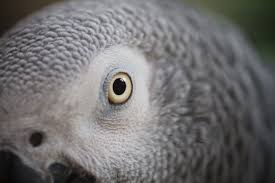
It is important to watch out repeatedly winking your parrot. It can be one great sign about your parrot that he can control the distension of his pupils based upon his mood. By this way, you may recognize this kind of body feature that give some worthy information about in what mood your parrot is. It has been shown by experience that pupil flashing, that growing larger and smaller, may be a sign of disturbance, agitation or passion and excitement.
Furthermore, and what it mentioned above to concentrate on to get insight into your parrot’s world, on the other hand, when your parrot look out your state, he also learns to understand your purposes and wills. It is obvious that there many reasons why having parrot is a great and valuable experience.
